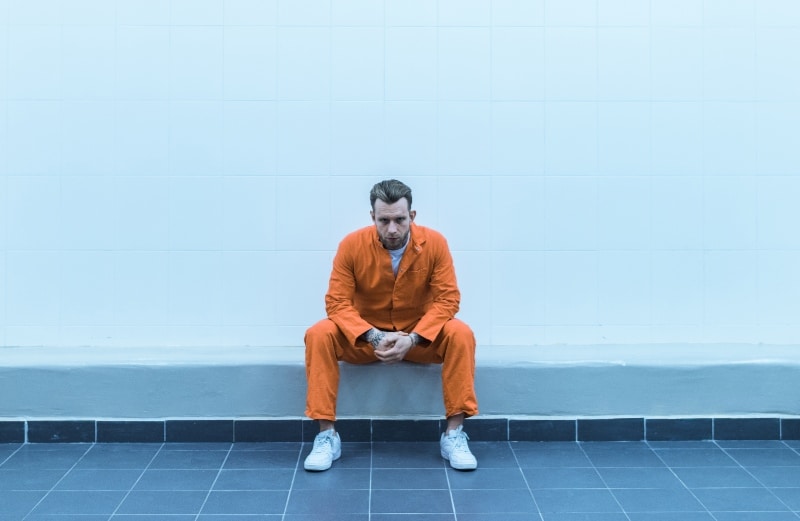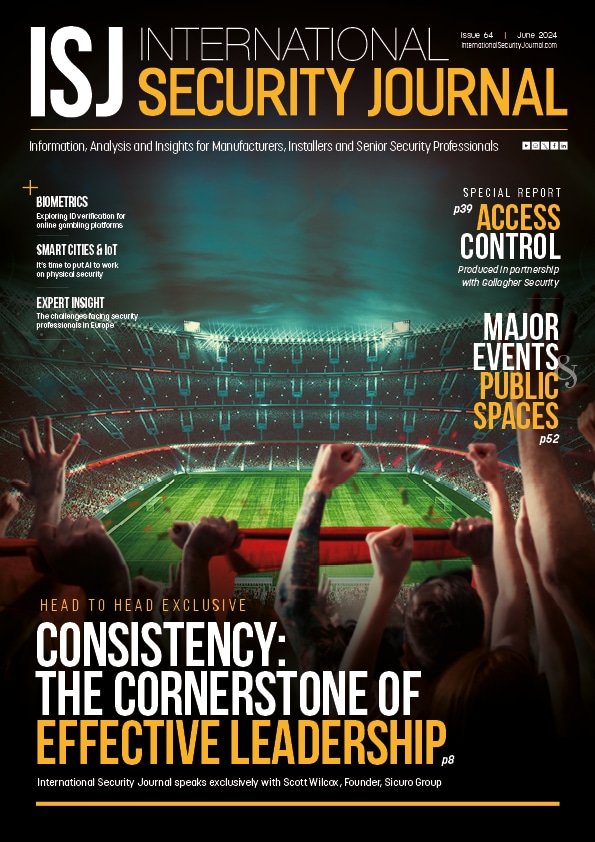The video tech making a difference to prison inmate outcomes


James Thorpe
Share this content
ISJ hears from Pread Um (Suk Bong), Product and Marketing Director, Hanwha Vision Europe.
Prisons are complex environments, so it’s little surprise that protecting those within them is also intricate.
On any given day, both inmates and staff need to be protected, including those who are part of healthcare and legal teams.
Visitors require protection, too, but also close monitoring to ensure no restricted items make their way into the prison. The same applies to new arrivals.
Another consideration is that different inmate groups will be going to work or lessons, visiting health clinics or taking part in group therapy.
For a prison to run smoothly and effectively, everyone needs to be able to go about their day in a safe and controlled manner.
Technology is integral to this, particularly cameras that give operators a detailed overview of everything happening across the prison complex and alerting them to any abnormal behaviour.
Reducing risk
Many prison programs encourage inmates to move relatively freely around a complex, with movement routes monitored via CCTV and with officers.
This approach enables inmates to engage in activities that better their wellbeing and chances for reintegration while balancing this with security and mitigating the risk of harm.
Studies back up the use of video, finding that pre-planned misbehaviour and suicide attempts are reduced when it is used.
Video footage can also be used to investigate incidents of violent behaviour and ensure a repeat offence doesn’t occur by removing blind spots from the area involved, scheduling more ground patrols and other mitigations.
Long term insights from video can help prison management reduce the risk of misbehaviour or escape, by highlighting areas where inmates often linger or identifying bottlenecks in common routes.
How to pick the right camera
As for the kind of camera that supports this work, there are several options for prison management to consider.
Broadly speaking, cameras used in penal facilities need to be durable, ideally with anti-tampering analytics that can alert operators to attempts to break, block or defocus a device.
Broader integration with other devices such as IP audio systems, access control, perimeter control and a VMS brings insights together in a single place for teams.
Depending on the area it is used in, an anti-ligature design may be best suited to effectively protect inmates.
In addition, the same type of anti-ligature camera is now being seen more often in hospital and mental health units, owing to the security it offers vulnerable individuals.
Choosing the right camera resolution is also critical to understanding an event as it unfolds and for evidence if further investigation is needed.
Features such as Hanwha Vision’s WiseNRII and Prefer Shutter control can decrease noise and blur around detected objects in footage, which helps operators better see fast moving objects on a screen.
Simultaneously, extreme Wide Dynamic Range can use scene analysis technology to minimise motion artefacts.
Additionally, models such as the TNM-C4960TD, bi-spectrum AI thermal camera can give operators both the colour detail of a scene via a 4K visual lens and also detection using a thermal lens.
This offers another layer of protection for perimeters or areas that have low light, poor weather or visual barriers such as foliage.
Cybersecurity
Robust cybersecurity is another essential feature in maintaining a secure environment.
Ideally, camera vendors should be NDAA (National Defense Authorization Act) compliant, with this demonstrating a commitment to providing cybersecure products that have responsible design at their centre.
Too often, purchasing decisions are based around cost alone; specifying the right combination of features at a competitive price is important for large high security environments.
Day and night monitoring
Control rooms need 24/7 monitoring to protect inmates and staff day and night, with features improving image quality in low light conditions essential.
Infrared (IR) can help to provide clear footage of a dark room, but it is essential that this is invisible to human eyes, so inmates are not disturbed by the camera’s presence in their area.
Hanwha Vision’s TNV-C7013RC corner mount camera features 940nm IR that is invisible to human eyes.
The camera also has a 128o x 100o field of view to cover all areas of a square room, as minimising blind spots is crucial.
Depending on the room it is installed in, such as an intake area or crisis room, microphones and audio features may also be useful.
Analytics improve operator efficiency
Analytics are another important factor in the success of a video system in a prison, as it will help reduce false alarms and minimise operator frustration and fatigue – while also alerting operators to any emergencies or events that require immediate attention.
Many cameras now come equipped with AI ‘at the edge’ (in camera), that can carry out reliable object detection such as person, face, vehicle and licence plates and even different coloured clothing, without the need for additional training or programming.
This gives operators greater efficiency when searching video playback for an event, object or person of interest, vastly speeding up investigations.
Audio analytics in some devices can alert operators to sounds including screaming, broken glass, explosions or gunshots.
Virtual area and line crossing analytics can further bolster safety and access control across a prison estate.
Virtual areas can be set by operators, with alerts shared when an object is detected within that area.
A similar alert can occur for line crossing.
This supports perimeter protection, with operators made aware of potential trespassing as well as protecting restricted areas such as guard or treatment rooms.
Video analytics are constantly improving, with the latest camera models now able to make event triggers more detailed by grouping them to issue alerts only when specific sets of events are detected consecutively.
This gives security teams confidence that an alert is a genuine event.
Integrating with wider security systems
Operators shouldn’t underestimate the potential of the entire security system when all devices work effectively together.
Integrating cameras with perimeter control, access control, intercoms, radar and the VMS ensures teams can easily remain on top of events.
Plus, more cameras and devices can be added to the system as budgets allow and new technologies emerge, starting with cameras, then a VMS, and later on, perimeter and access control, radar and even drones.
Today’s cameras provide prison management with a way to oversee and protect all assets and people within the complex while permitting long term planning, thanks to video analytics insights.
Hanwha Vision, as a trusted partner, understands that video is fast becoming the crucial part of the effort to provide a safe and secure environment for all those in prisons, so people can get the help, education and healthcare they need.


